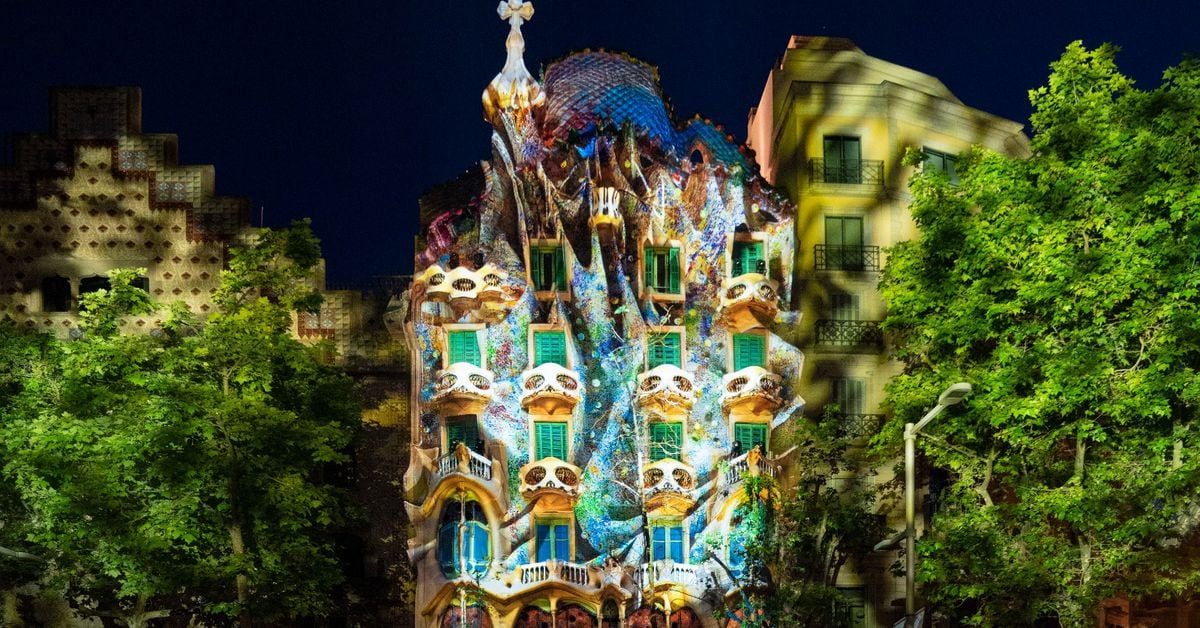What is a Token Burn? How crypto is removed from circulation
by Arthur · July 19, 2022

Burner cryptocurrencies and NFTs can be compared to setting fire to cash or art, although the process is a little more complex than lighting a match.
But why would a crypto project want to destroy its own tokens? There are a number of reasons, which we will explore in this article.
Table of Contents
ToggleWhat is a symbol burn?
First out: what does a token burn really mean? The act of burning a digital asset involves sending it to a location from which it can never be retrieved, also known as a burning address, which effectively removes the digital asset from circulation by unlocking it for eternity.
A burn address is a digital one wallet which is not available because it does not have one private key attached to it, like a lock for which someone has never built a keyhole. Burn addresses are also sometimes referred to as eating addresses.
Sending a token to a burning address effectively removes the digital asset from the total supply, unlocks it in the hands of no one, and prevents the asset from ever being traded again.
Burning tokens can lead to an increase in the price of the tokens that are still in circulation. The price of an asset can be considered as a ratio between supply and demand. If there is less of an asset available to investors than there is demand for it, the asset will demand a higher price as it is traded. Conversely, if there is an abundance of an asset that does not meet the demand for it, the price of the asset will often fall.
By reducing the supply of tokens, burning tokens can create an imbalance in relation to the demand that usually moves the price of the token upwards due to the increased scarcity of assets.
Why some protocols burn tokens
Sometimes crypto projects will burn their tokens in much the same way that companies buy back their shares, absorb stock costs and return value to investors in the form of a higher price for the security. For this reason, a project that burns tokens can be interpreted as positive news, but it does not always have an immediate effect on prices.
This is because some token burns are automated to happen regularly or revealed in good time, and are effectively priced into the value a token is traded for well before the burning takes place. It is also possible that other news about a digital asset may have a more oversized effect on any price movement.
Ethereum, the second largest cryptocurrency by market value, has looked at burning mechanics as a method of transferring users to its new evidence-of-effort network from evidence-at-work. EIP-1559, an update introduced in August 2021, burns Ethereum collected from fees associated with verifying transactions on the network. To date, it has removed $ 2.9 billion in Ethereum (2.5 million ETH) since its introduction, according to Watch the Burn.
Bored Ape Yacht Club creator Yuga Labs’ Otherside metavers the project resulted in Ethereum worth $ 157 million being burned when customers rushed to create Otherdeed NFTs.
Another cryptocurrency that has introduced a fire mechanic is meme coin Shiba Inu (SHIB). In April 2022, Shiba Inu developers launched the SHIB Burning Portal, where those who choose to burn their SHIB tokens receive another token, burntSHIB, in return, which pays out rewards in ERC-20 token RYOSHI.
Some algorithmic stack coins use burning as a method of keeping the asset fixed at a certain price. The mechanic works by burning tokens when the asset price is low to reduce supply and better match demand. Often, algorithmic stack coins characterize more of the currency to increase the total offer when the opposite situation arises.
However, the viability of the algorithmic stablecoin burn-mint mechanism has been questioned since the collapse of Terras stablecoin UST in May, which saw the value of both the UST and the LUNA token used in the burn-mint mechanism plummet to almost zero. To date, no stablecoin has been able to maintain its price fixing consistently using only algorithms or firing methods.
Some blockchains Use a system called proof-of-burn to verify transactions and reward miners who send cryptocurrencies to burn addresses. Miners get permission from the protocol to write blocks by sending cryptocurrencies – which may be resident in the blockchain or from others, such as. Bitcoin– to the burning address.
Burns NFTs
In addition to burning conventional crypto tokens, it is also possible to burn non-fungible tokens (NFT), with some NFT projects that include burning mechanics in their brands. Examples of NFT projects that have used token combustion mechanics include:
- Burn.art – A project that uses a cryptocurrency called ASH, which is derived from burning NFTs, as an entry point to the marketplace. The project is made by the famous NFT artist Pack and allows users to burn their NFTs in exchange for ASH, potentially increasing the value of NFTs from the same collection that are still available and giving users access to the platform.
- WAGDIE – A collection of morose pixelated avatars that play out of the popular expression in the crypto community “we will all make it.” As an unconventional marketing tactic, WAGDIE bought a Mutant Ape NFT worth thousands of dollars and burned it as a tribute to their project.
𝔤𝔩𝔬𝔯𝔶 𝔱𝔥𝔢 𝔞𝔰𝔥 𝔱𝔥𝔦𝔰 𝔠𝔯𝔢𝔞𝔱𝔲𝔯𝔢 𝔟𝔢𝔠𝔬𝔪𝔢 𝔟𝔢𝔠𝔬𝔪𝔢 𝔱𝔥𝔢 𝔰𝔱𝔞𝔯𝔱 𝔬𝔣 𝔤𝔩𝔬𝔯𝔶 𝔤𝔩𝔬𝔯𝔶. 𝔈𝔱𝔥𝔢𝔯 𝔯𝔦𝔤𝔥𝔱 𝔦𝔱𝔰 𝔭𝔬𝔴𝔢𝔯 𝔰𝔭𝔩𝔞𝔶𝔢𝔡 𝔬𝔲𝔱 𝔬𝔲𝔱 𝔞𝔠𝔯𝔬𝔰𝔰 𝔱𝔥𝔢 𝔈𝔱𝔥𝔢𝔯. 𝕳𝖊𝖗 𝕷𝖎𝖛𝖊 𝕳𝖊𝖗.
– @wagdie_eth @ ag w 𝔄𝔩𝔩 𝔄𝔩𝔩 𝔊𝔬𝔦𝔫𝔤 June 7, 2022
Ownership and personal control are at the core of digital currencies, and the ability to burn them is part of it. Being able to do whatever you want with your digital assets is the key to the principles they were originally built on, even when it means giving up your ownership to them in a way that ensures they can never see the light of day again.
Do you want to become a crypto expert? Get the best from Decrypt right to your inbox.
Get the biggest crypto news + weekly summaries and more!

























